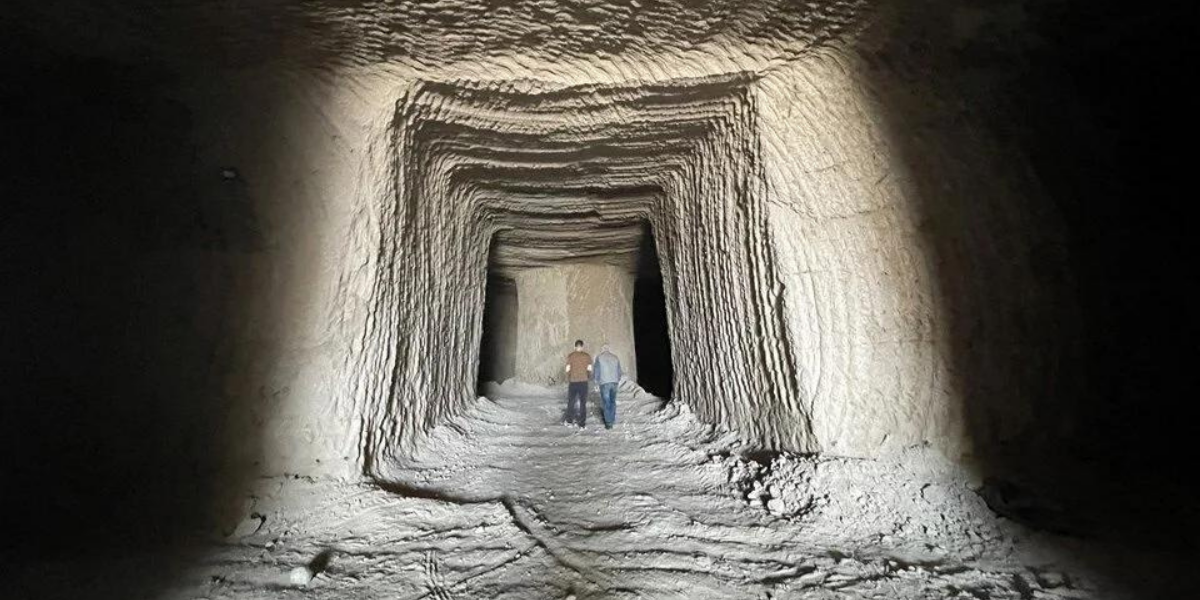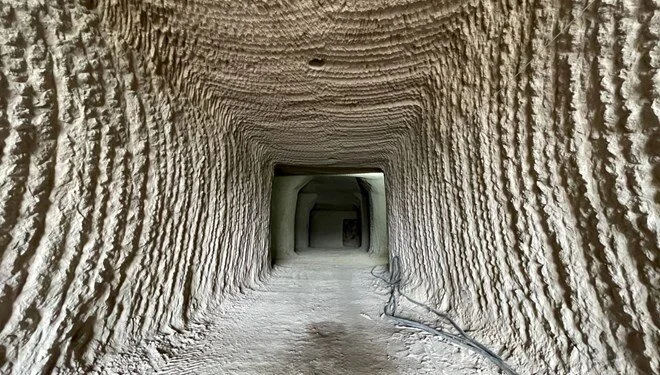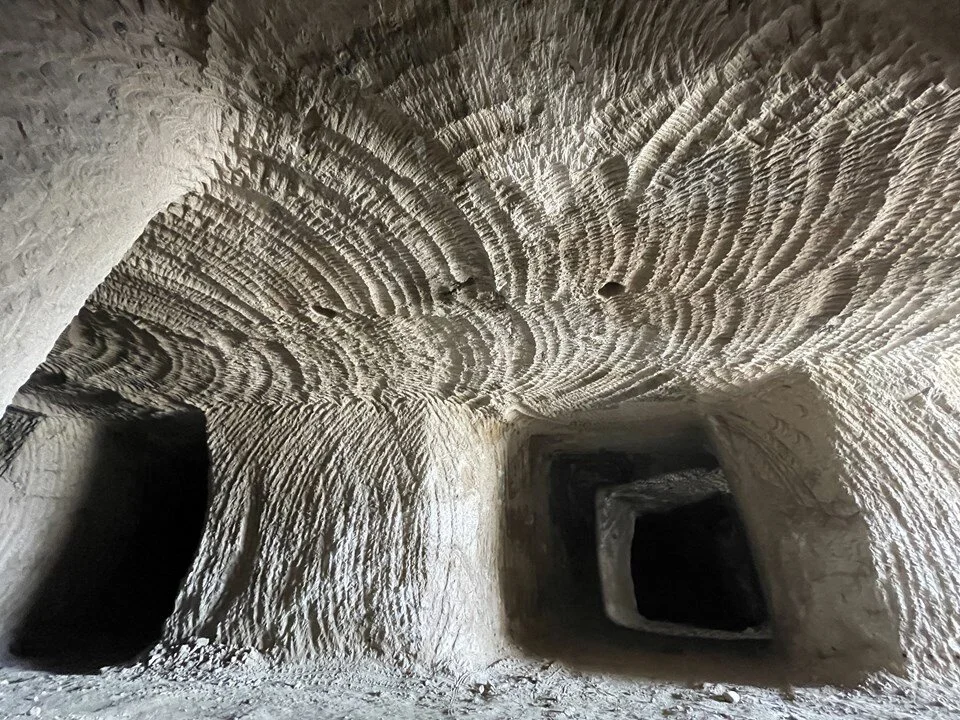
The 4000-year-old clay tablets discovered in Kültepe excavations will be exhibited in the rock-carved Kültepe Museum
The construction of the rock-carved Kültepe Museum, where clay tablets unearthed during archaeological excavations in the Kültepe/Kanesh karum, founded by Assyrian merchants in Anatolia, will be exhibited, continues.
Kültepe/Kanesh Karum is an important archaeological site because it is the starting point of written history in Anatolia.
Excavations in Kültepe, which dates back to 6000 years, have been going on since 1948. Approximately 23500 clay tablets have been found so far in the excavations.
Kültepe excavations continue under the presidency of Prof. Dr. Fikri Kulakoğlu.

The Kültepe museum, where clay tablets and other artifacts will be exhibited, is being built by Kayseri Metropolitan Municipality by carving rocks in the Bağpınar neighborhood on the Kayseri-Sivas highway.
Gürcan Senem, Head of Kayseri Metropolitan Municipality Department of Urban History and Promotion, said that the museum is 2 kilometers away from the Kültepe ruins, “The region used to be used as a warehouse and arsenal. Approximately 2,800 square meters of this place will be used as a museum exhibition area.”

Stating that there will be an exhibition with both digital elements and artifacts, Senem said: “This is actually a very fantastic space. Apart from the hall, we will have administrative offices, areas where social needs will be met and training halls. There will be a sales store. Here, the marks made by the machines on the rocks increase the visual effect considerably. We will protect them. We will realize an application that will only prevent dust from falling and will not be perceived from the outside. Apart from that, we will only make an addition on the ground. It will be made with natural stone.”
The rocks began to be carved six months ago. The rough construction of the museum will be completed in about a month. Then the exhibition and organization work will begin.
Cover Photo: AA
You may also like
- A 1700-year-old statue of Pan unearthed during the excavations at Polyeuktos in İstanbul
- The granary was found in the ancient city of Sebaste, founded by the first Roman emperor Augustus
- Donalar Kale Kapı Rock Tomb or Donalar Rock Tomb
- Theater emerges as works continue in ancient city of Perinthos
- Urartian King Argishti’s bronze shield revealed the name of an unknown country
- The religious center of Lycia, the ancient city of Letoon
- Who were the Luwians?
- A new study brings a fresh perspective on the Anatolian origin of the Indo-European languages
- Perhaps the oldest thermal treatment center in the world, which has been in continuous use for 2000 years -Basilica Therma Roman Bath or King’s Daughter-
- The largest synagogue of the ancient world, located in the ancient city of Sardis, is being restored











Leave a Reply